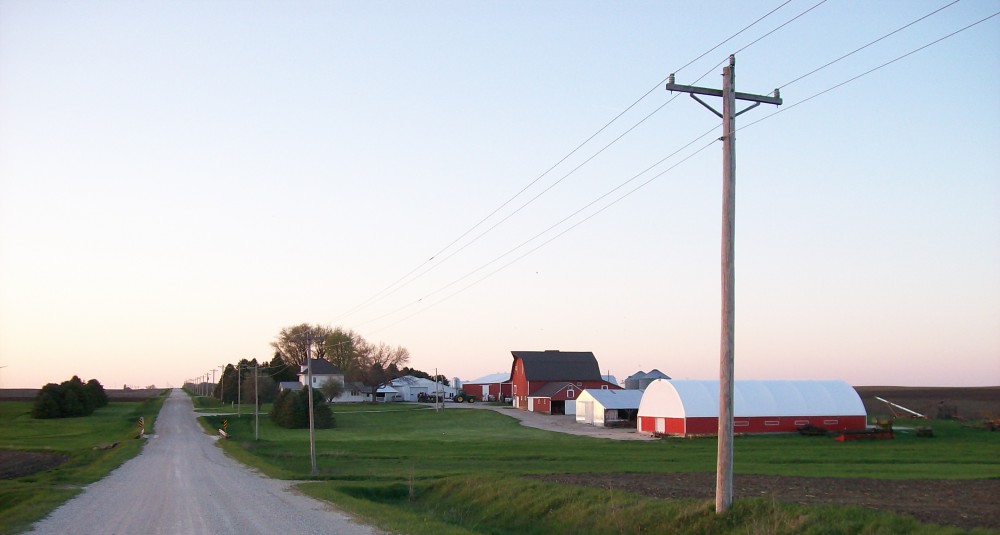On May 28 and 29 the group toured both Organic Valley farms and their distribution center as well as their HQ in and around the Cashton, MI region. When we arrived at the Kruse’s farm the group was instantly treated to a nice, mid-western greeting. We then learned about Organic Valley’s origins. It began in the 70’s with 7 founding farmers and slowly expanded to where they are now with over 2000 farmers. Its goal was to create an organic standard and was instrumental in the process. Now, its goal is to help make small farms profitable and to stay in existence.
The 28th began with breakfast, then a trip to the local Amish farm. We began the tour in the local store and bakery. Then we went to the milking parlor and learned about their dairy operation. They milk the cows every morning and feed them grass, oats, and hay. Compare this to the Welsh farm we visited later in the day, where they feed their cattle (for beef production) organic feed under the Organic Prairie label (part of Organic Valley). The Welsh’s operation included pigs, chickens, and cattle. The pigs were in a sloped pen, similar to what the Liljedahl’s used prior to their current buildings. The pigs can be in a covered area or out in an open area and have 40 to a section. The chickens are raised in a barn, then when they are old enough are transferred to a new laying facility that is one of five in America. It simulates the perfect environment for egg laying and meets organic standards, and is even powered by solar panels.
The Organic Valley label now has faces to the name for me, which will be difficult to forget after the great experiences. It is interesting seeing how organic farms operate similarly to non-organic but are cheaper to run when the livestock is all grass-fed and yields a larger return than non-organic, non-grass fed alternatives.
